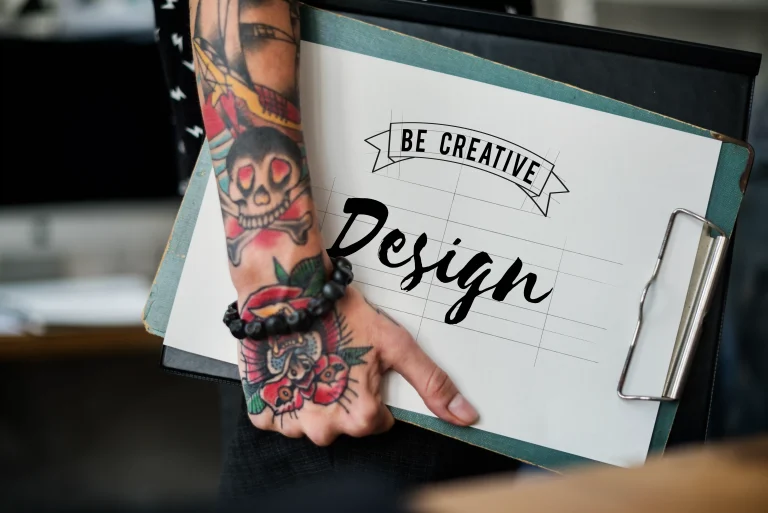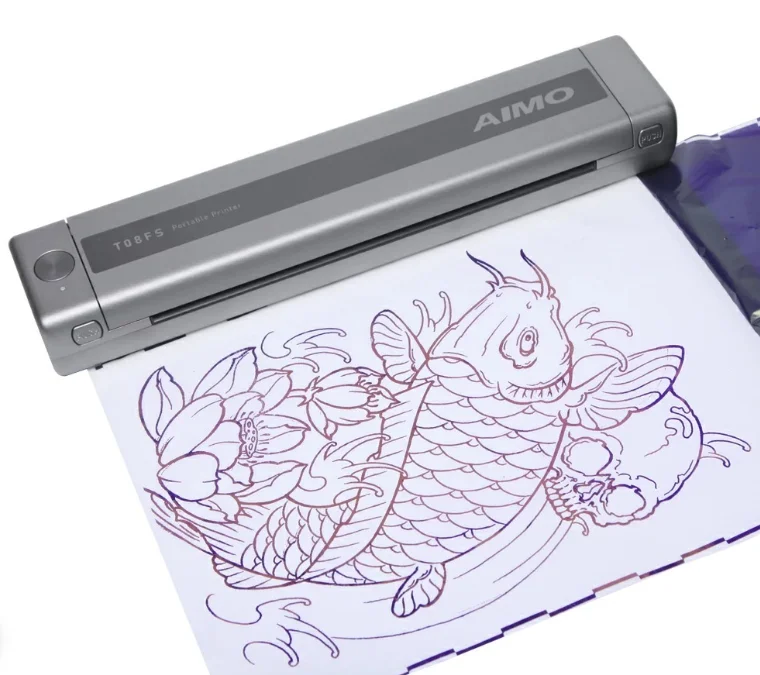Unveil the craft of assembling your very own rotary tattoo device with our thorough handbook! From picking premium elements to perfecting exact methods and guaranteeing safety, this guide explores all you need to construct, upkeep, and refine your custom tattoo tool. Whether you’re a skilled creator or an eager novice, plunge in to reveal the tricks of forging a trustworthy, top-notch instrument for striking tattoo artwork.
Picking the Best Elements for Your Homemade Rotary Tattoo Machine
When starting the adventure of crafting your own rotary tattoo device, choosing the right elements is critical. The strength and lasting power of the pieces you select will greatly shape the device’s efficiency and durability.
Opting for Quality Components
The backbone of a successful custom rotary tattoo machine rests on its parts. Choose top-grade materials that endure constant use. Go for a dependable motor, a solid structure, and tough needle rods. Each piece should be picked thoughtfully to ensure they blend seamlessly together. Investigate various motor types and structures out there. Then, find ones that match your unique wants and tastes.
Guaranteeing Smooth Assembly
After collecting all needed parts, concentrate on putting them together properly. Correct assembly is crucial to make sure your custom rotary tattoo machine runs fluidly and well. Focus on details like fastening joints securely and lining up components precisely. Using detailed manuals or videos can help here. They let you sidestep typical errors and build a fully working device.
Perfecting the Craft with a Custom Rotary Tattoo Machine
Knowing how to wield your custom rotary tattoo machine adeptly is as vital as constructing it. Honing the craft will sharpen your talents and lead to finer tattoo results.
Understanding the Inner Workings
Before operating your custom rotary tattoo machine, get familiar with its workings. Learn how each part operates and connects with others. This insight will aid you in fixing problems that might pop up during use. Understanding how to tweak settings like pace and needle reach can vastly affect your output’s quality.
Practicing Control and Precision
Building mastery and accuracy is key when using a custom rotary tattoo machine. Train often to polish your abilities. Focus on steady hand motions and even force application. Practice on synthetic skins or safe surfaces to sharpen your craft before tattooing real skin. Over time, you’ll grow confident in handling the device well. This leads to more detailed and exact designs.
Caring for Your Homemade Rotary Tattoo Machine
Proper care of your custom rotary tattoo machine ensures its endurance and peak performance. Steady upkeep wards off wear, keeping it in prime shape for years ahead.
Regular Cleaning and Sanitizing
Cleanliness is critical when handling any tattoo gear, including a custom rotary tattoo machine. Frequent cleaning and sanitizing stop infections and uphold safety norms. Take apart your device after each session for deep cleaning. Ensure all parts are clear of ink traces or impurities. Use proper sanitizing methods to wipe out germs or viruses that could threaten health.
Everyday Upkeep Tips
Beyond cleaning, everyday upkeep is essential to keep your custom rotary tattoo machine running strong. Inspect for loose bolts or faded parts often. Swap them out as needed. Oil moving pieces to cut friction and boost their lifespan. By weaving these habits into your routine, you can dodge sudden breakdowns during vital tattoo moments.
Boosting Efficiency with Custom Adjustments
Adjusting your custom rotary tattoo machine lets you shape its efficiency to fit personal tastes or specific task needs.
Fine-Tuning for Peak Efficiency
Play with tuning tweaks like power levels or spring tightness until you hit the sweet spot for your custom rotary tattoo machine’s flow—steady pace being one perk among many! Refining these points lifts overall effectiveness while cutting risks tied to poor setups.
Testing Various Needle Setups
Another way to amp up efficiency is by testing diverse needle setups common in the field today! Try different clusters (like round liners versus shaders) with varying widths or lengths based on the design complexity your clients crave. This versatile toolkit fuels your creative pursuits!
Safety Steps When Using a Custom Rotary Tattoo Machine
When working with a custom rotary tattoo machine, putting safety first is vital. Protecting both the setting and the client can block potential health hazards and uphold professionalism in your work.
Securing a Safe Workspace
A secure workspace is crucial for smooth tattooing. Start by arranging your area in a tidy, brightly lit spot to reduce slip-ups and boost accuracy. Sanitize all surfaces before kicking off any tattoo session. Lay out your tools and gear neatly to avoid mess, which could spark accidents or tainting. Wear protective items like gloves and masks to guard against ink splashes and floating bits. Routinely check your custom rotary tattoo machine for wear or flaws that might threaten safety. These steps craft a supportive vibe for you and your clients alike.
Client Safety Measures
Client well-being should always top your list. Before starting any tattoo, hold a detailed chat to cover any allergies or skin issues they might have. This info helps you pick inks and methods wisely. During tattooing, keep chatting with your client to ensure they’re at ease and know what’s coming. Use fresh needles and new ink each time to block cross-tainting. Post-session, share aftercare tips to guide clients on tending their fresh tattoos well.
Yaba: A Trusty Source for Rotary Tattoo Machine Parts
Picking reliable sources for parts can hugely sway the quality of your custom rotary tattoo machine. Yaba stands out for its broad array of offerings suited to diverse needs in the tattoo world.
Snapshot of Yaba’s Range
Yaba supplies a wide lineup of top-tier parts perfect for building or upgrading a custom rotary tattoo machine. Their stock includes lasting motors, precise needle rods, and robust structures built for enduring efficiency. Sourcing from trusted names like Yaba ensures your device is crafted with dependability in mind.
Extra Support from Yaba
Plus, Yaba provides customer help services that guide you in picking the right parts for your exact needs. This support can prove priceless when deciding on upgrades or swaps to max out your device’s potential.
Conclusion
Building and wielding a custom rotary tattoo machine calls for keen attention to elements, craft mastery, upkeep habits, and safety steps. By sticking to these pointers, you can score solid results while keeping professionalism in your art.
FAQs About Custom Rotary Tattoo Machines
Q:What Sets Rotary apart from Coil Tattoo Machines?
A: Rotary devices use an electric motor to push the needle in a fluid, steady motion. This makes them quieter and less shaky than coil devices. Coil setups rely on electromagnetic coils for an up-and-down push, often packing more punch but with louder hums and jolts.
Q: How Can You Fix Common Hiccups with Your Custom Rotary Machine?
A: To fix hiccups with your custom rotary tattoo machine, first check all joints for tightness and proper fit. Ensure the motor runs smoothly without odd sounds or overheating. If issues linger, revisit assembly guides or seek rotary-specific resources for more help.
Q: Are There Inks Best Suited for Rotary Machines?
A: While most pro-grade tattoo inks work with rotary devices, picking top-notch inks that fit your style is key. Some artists favor thinner inks for smoother flow with rotaries due to their even needle motion. Always test new inks on practice surfaces first to confirm they gel with your craft and goals.









